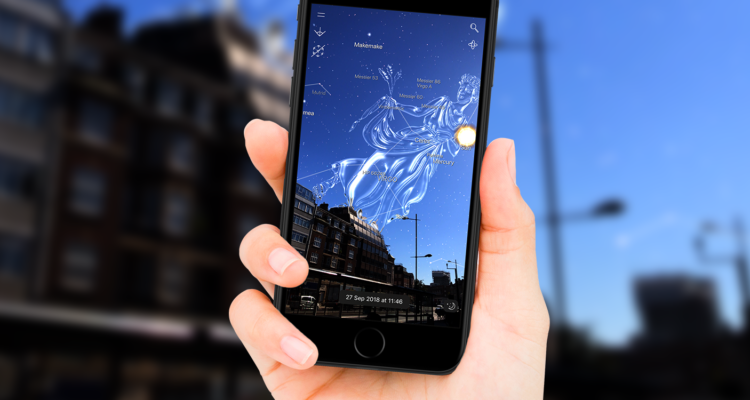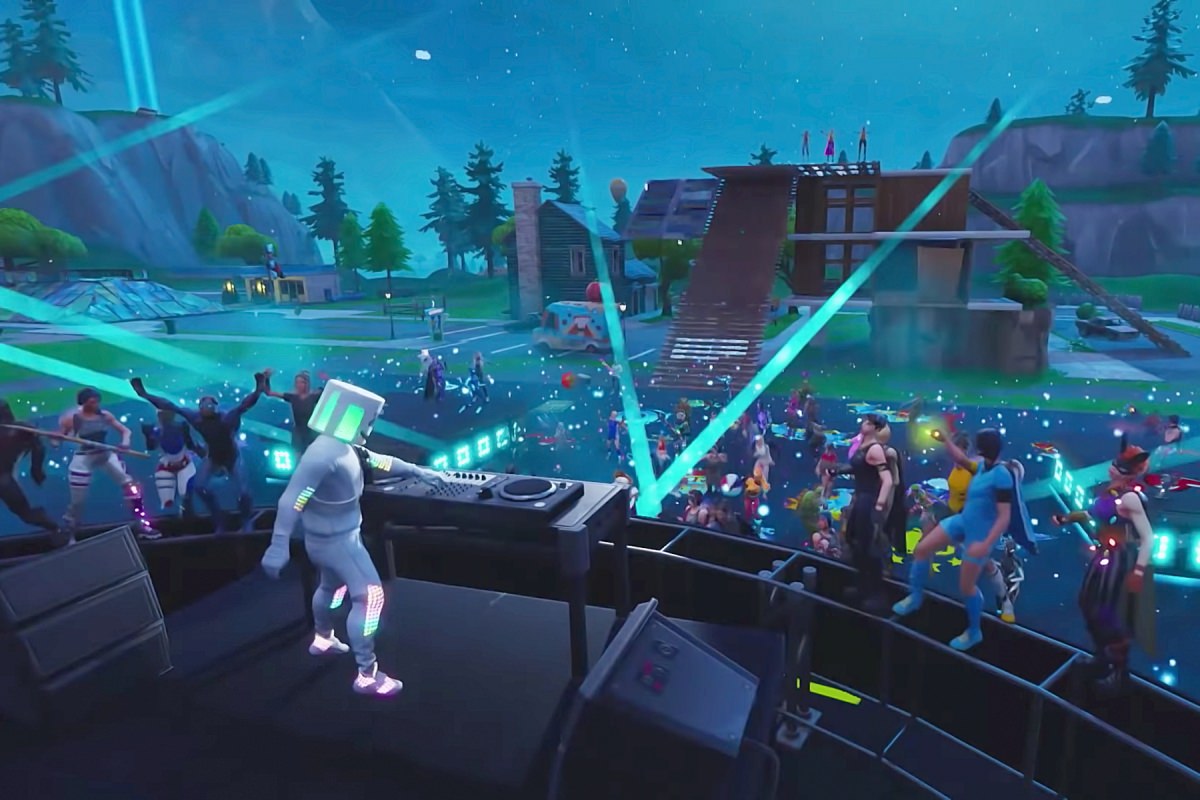Augmented Reality Campaign And The Future of Marketing

It’s time to put away your old conceptions about the Augmented Reality Campaign (AR). The advent of Google’s Project Glass and multiple other innovations in the mobile technology industry means marketers cannot simply dismiss AR as a clunky fad that has no reach or long-term applications.
Here’s a paradigm shifter you may not have heard about – Google recently purchased Viewdle, an Augmented Reality technology that utilizes facial recognition technology so users can point their phones at someone’s face and virtually see their latest Facebook posts appear above their head.
So let’s break this down – Google, which has created Project Glass, the Augmented Reality technology that lets users see virtual data overlaid an eyepiece attached to a pair of glasses, has purchased a technology that accesses all of Facebook’s picture data. Once the bugs get worked out, this means people can walk into a crowded room and immediately know stranger’s names, latest posts, and access to their Facebook data.
How could this not be relevant to marketers? This notion of facial recognition tied to virtual data will spread from Facebook posts to dating preferences to political affiliations along with brand loyalties. Virtual or augmented advertising is in its final stages of incubation, and marketers need to learn what it means before it launches full-blown. If Augmented Reality is the medium via which users will see this type of highly personalized information, it’s time to stop avoiding the embrace of AR’s positive marketing uses and start benefiting from the increased engagement a good campaign can bring.
The Value of Visuals
At its heart, Augmented Reality is a visual and a visceral tool. However it’s being used, it has a magical quality for users that’s rare for today’s technical-savvy consumers.
AR is the modern equivalent of pulling a rabbit out of the hat in the sense that one second you’re looking at reality through the lens of your phone, and the next an object appears out of thin air. This ability to essentially post advertisements or engaging media in virtual space provides marketers with an unprecedented opportunity to engage their audience with genuine excitement and value.
Where marketers have failed to fully capitalize on the visual qualities of AR is by focusing only on this initial ‘magic moment’ and stopping there. The real goal of AR is to create an emotional connection between what a buyer is searching for and what the product featured in a campaign can offer. In short, it gives the product a personal feel where consumers can literally picture it in their own world.
Take for example a recent Volvo Augmented Reality campaign that promoted the launch of their new S60 model. A constant challenge for the auto industry is how to get potential buyers to experience the feel of their vehicles or brand when they aren’t on a car lot. Here’s how Volvo explains, in their own words, how they faced this challenge:
When showcasing a car that’s fun to drive, getting drivers behind the wheel is key. But how do you do that online? Simple. Create an Augmented Reality driving experience, and partner with YouTube to reach millions of fans.
As you’ll see from watching the video, after a user downloads the AR application they point their phone at Volvo’s YouTube page and is playing the game. They ‘steer’ their phones left and right, and the virtual track is overlaid with the actual reality of the user in their environment. While they aren’t getting the literal feeling of sitting in the S60, they are getting a visceral experience that shows Volvo to be an engaging, savvy, and adrenaline-inducing brand. And the outcome speaks for itself – Volvo said the results were “outstanding”, with a 9.6% interaction rate, 192,319 clicks on the masthead ad, and a traffic increase of 293% to volvocars.com.
Transforming the Traditional
Augmented reality will fundamentally change advertising, both in the future via virtual marketing, and by transforming current static ad formats by introducing new levels of customer interactivity.
In the past, catalogs have been a static medium for a brand, featuring two-dimensional versions of real-life products. AR can transform a catalog to be a full extension of the company by unifying the brand in an interactive campaign generated from print. Combining a tangible, printed array of products with the innovative technology of an augmented reality campaign is a very impactful way of extending a brand’s vision. As documented in a recent WIRED article, IKEA used AR for the largest print run of a catalog in history to date including the technology. Combining the pragmatic and the magic, after users download the app they are encouraged to look more deeply at products in the catalog when they see a mobile icon indicating there’s additional content. By “unlocking” these videos and other images, IKEA transformed their traditional print catalog into a transmedia experience that encourages deeper and entertaining engagement with the brand.
Another key factor for marketers with this type of campaign is that anything digital can be tracked more easily than something physical. Beyond simply knowing a customer has been sent a catalog, marketers can see which ads or movies were scanned to get a sense of which products are more popular than others. For companies and marketers that means a greater ROI since being able to track every step of a particular campaign’s footprint can be a tremendous boon.
Investment Versus Impulse
It’s easy to get caught up in the magical aspects of AR to inspire quick engagement and potential ROI for campaigns. But the stronger bet is to invest in an AR infrastructure that will allow for multiple campaigns where you can gain a lot more value off of your initial investment. Once you train your audience to download an AR app or learn to use a certain type of software, the hardest part of engagement is taken care of – don’t waste the opportunity to simply update the back end of your technology for future campaigns with the same fans that engaged initially.

Here are some final tips when creating your first or any AR campaign:
- Easy Access. Consumers are largely familiar with QR codes and the idea of scanning an image to get material to their phones. Provide a QR code that links directly to the App Store or your site where people can download any AR technology required for your campaign. If you’re doing an online campaign, emulate Volvo and have a QR code that takes people right to your page and has clear CTA’s (Calls to Action) that can be measured to define success. These can include video views, subscription to your YouTube, Facebook, or Twitter pages, signing up for a newsletter, or taking a picture of themselves using your app. But never waste the opportunity for engagement and simply hope people take part in your campaign.
- Compelling Content. Ikea is great to emulate in terms of offering useful as well as entertaining content. At the end of the day, you go to Ikea to buy furniture – so you need to know what the products look like and how much they cost. Simply offering a “design your own chair” app would not drive potential sales lift or CTA’s where you should capture prospects follow up information. It’s okay to pitch or talk about your products when you’ve gained permission to do so by demonstrating your brand value with engaging content. So pitch already.
- Solve for Stats. This bears repeating – CTA’s need to be backed up with measurable statistics. Set up Google analytics for your site, enhance your YouTube videos with clickable metrics, and invest in a MailChimp campaign to gather demographic info to build up a newsletter. You also need to standardize your social campaign, with unique hashtags that will make it easier to track engagement across multiple channels. And start with your end consumer in mind like Volvo – their primary goal was exciting fans that loved to drive. They found the places where those fans consumed video and targeted them to build the buzz that got new prospects to try the app and engage in the campaign.
Conclusion
While it’s fair to say Augmented Reality is a complex technology that has not been fully adopted by the general population, we’ve moved beyond the point where any marketer should dismiss a trial campaign to see how AR might fit into their ongoing strategies.
Whatever your situation, it’s also essential to seek a quality partner to help design an optimum AR experience. There are a number of options for the types of specific technologies involved in a campaign, along with the analytics and delivery options once the app is available. This is why it’s wise to partner with developers who have created engaging and successful AR campaigns. There are constraints that need to be planned for, but these should not hinder you – they’re opportunities for clarity versus reasons to not move forward. (For instance, when displaying a QR code to lead people to your AR app, always list the URL for your preferred QR code reader so people are never confused as to how to get to your content).
It’s also important to remember that comparatively speaking, the cost of deploying an Augmented Reality campaign or platform can be substantially cheaper than other forms of marketing. More importantly, it can also result in priceless earned media. Hugo Boss in their last AR campaign received top coverage from major publications including the NY Times. This same type of digitally tracked engagement cannot be said of most television spots that still rely largely on word of mouth to demonstrate any measurable lift.
So join Google, Volvo, Hugo Boss, and the dozens of other brands who have learned how Augmented Reality can transform from a one-off gimmick to a given in terms of their marketing strategies. Why not make some magic of your own?





